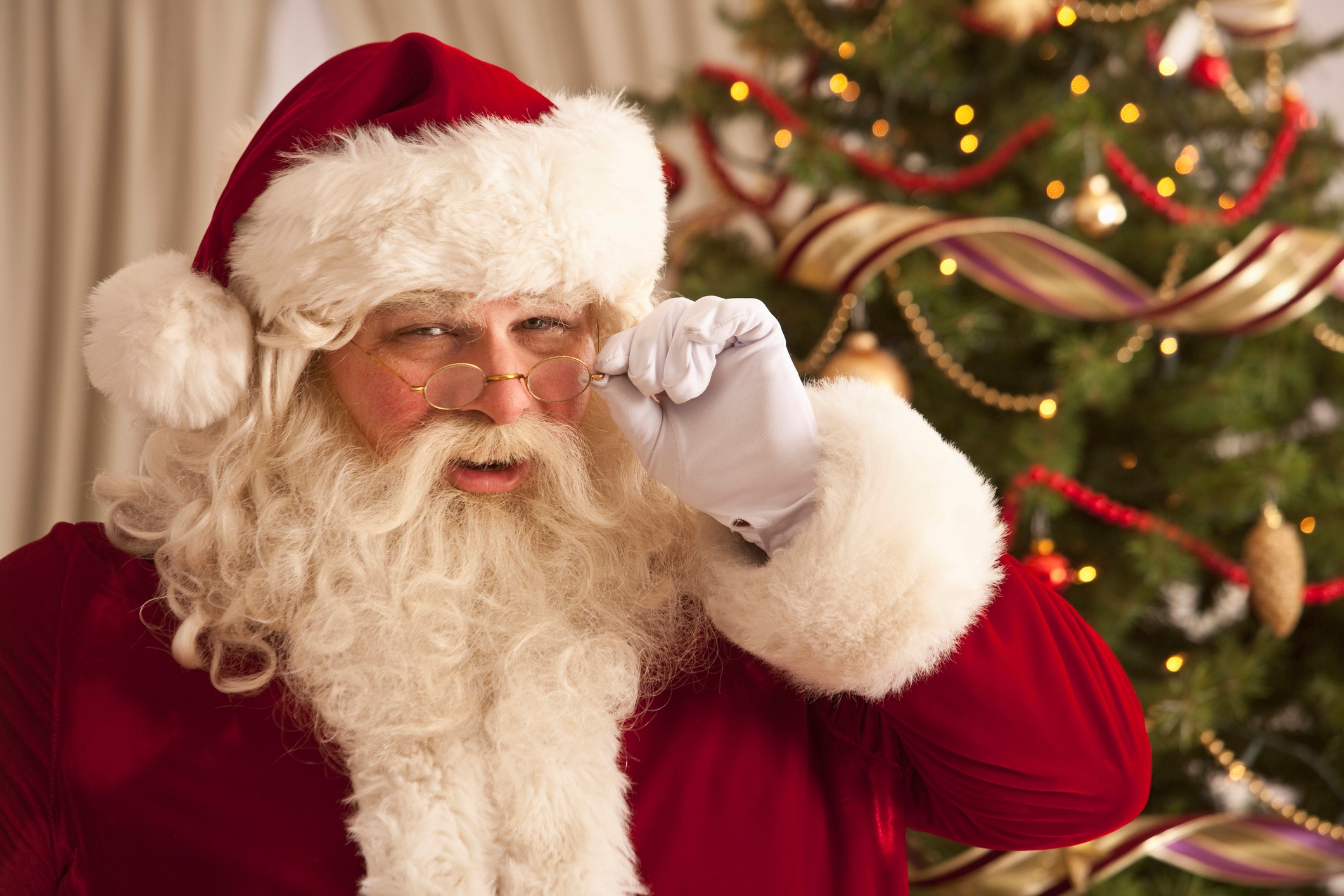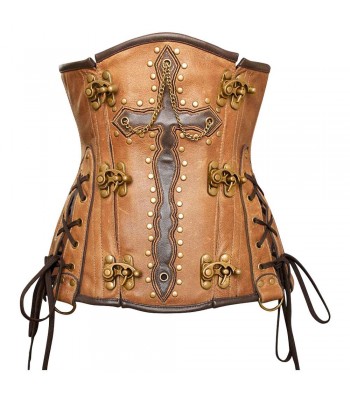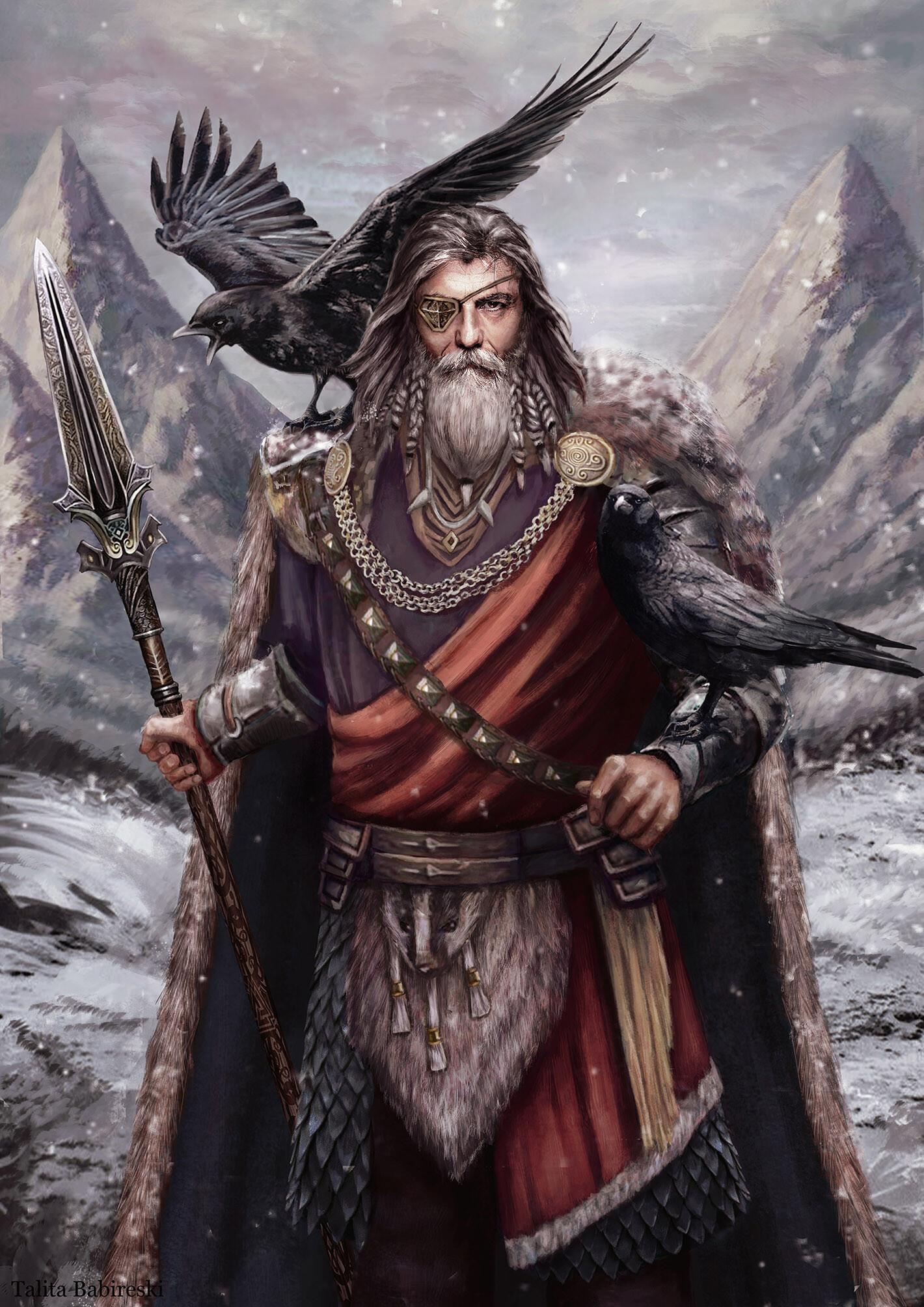
Lore lovers, rejoice. This festive season, we’ve been digging deep in our sack of gothic gifts to discover the dark origins of one of our favourite holidays – Christmas. Though Christmas is all sugar plum fairies and candy canes now, it wasn’t always that way! We’ve got some chilling facts about Christmas that will get you in the festive spirit in no time…
The Pagan Winter Solstice
From ancient times, the season that we now know as Christmas was a midwinter celebration called The Winter Solstice, or Yule. A pagan festival, The Winter Solstice was a time to celebrate the fact that the worst of winter was over, and the people could look forward to longer days with more sunlight in the near future. Ultimately, everyone was celebrating the fact that they were the ones to have survived another winter.
Yuletide & Odin’s List
In Scandinavia, the Norse celebrated Yule (or Yuletide) from December 21st right through to until January – burning fires and feasting for a full 12 days (though nowadays we tend to celebrate all December!) Yet the holiday took a more fearful turn in Germany, where many people believed that the pagan god Odin would observe his people from the sky during the winter solstice, deciding who would survive the winter, and who would not…almost as if he was making a list, and checking it twice?
Saturnalia Worship & Mithra
In warmer regions such as Rome, the people celebrated Saturnalia during December in honour of Saturn, the god of agriculture – once again to celebrate the end of the worst of the winter. It was a time when the social order was turned on its head, slaves and peasants ruled the city and celebrated with plentiful food and drink – the first instance of the winter solstice as a charitable season.
Gothic Attitude Clothing The Dark Origins of Christmas Posted on November 18, 2020
Lore lovers, rejoice. This festive season, we’ve been digging deep in our sack of gothic gifts to discover the dark origins of one of our favourite holidays – Christmas. Though Christmas is all sugar plum fairies and candy canes now, it wasn’t always that way! We’ve got some chilling facts about Christmas that will get you in the festive spirit in no time…
The Pagan Winter Solstice
From ancient times, the season that we now know as Christmas was a midwinter celebration called The Winter Solstice, or Yule. A pagan festival, The Winter Solstice was a time to celebrate the fact that the worst of winter was over, and the people could look forward to longer days with more sunlight in the near future. Ultimately, everyone was celebrating the fact that they were the ones to have survived another winter.
Yuletide & Odin’s List
In Scandinavia, the Norse celebrated Yule (or Yuletide) from December 21st right through to until January – burning fires and feasting for a full 12 days (though nowadays we tend to celebrate all December!) Yet the holiday took a more fearful turn in Germany, where many people believed that the pagan god Odin would observe his people from the sky during the winter solstice, deciding who would survive the winter, and who would not…almost as if he was making a list, and checking it twice?
Saturnalia Worship & Mithra
In warmer regions such as Rome, the people celebrated Saturnalia during December in honour of Saturn, the god of agriculture – once again to celebrate the end of the worst of the winter. It was a time when the social order was turned on its head, slaves and peasants ruled the city and celebrated with plentiful food and drink – the first instance of the winter solstice as a charitable season.

Christianity vs Pagan Festivals
When Christianity was still a new religion, nobody even thought to celebrate the birth of Jesus. Only in the fourth century did Pope Julius choose to celebrate the occasion on December 25th, conveniently timed to overshadow and absorb the traditions of Yule and Saturnalia. A bloody battle between pagan holidays and Christian rule ensued, and by the middle ages, Christmas had almost completely replaced the ancient pagan holidays.

Santa Claus
With Christmas came the legend of St Nicholas. The legend varies from culture to culture, but they all agree that he was a benevolent man, a protector of children celebrated for his charitable nature. In Scandinavian culture, the same figure appears as Sinterklaas who eventually made his way to America by the end of the 18th century as Santa Claus – a magical being who flew from house to house delivering presents to deserving children…but what happened to the not-so-deserving?
Krampus
Every protagonist has an antagonist, and just as the Christian God finds his counterpart in the Devil, Santa wasn’t the only creature visiting houses during the Winter Solstice. In Belgium, the Netherlands and Austro-Bavarian cultures, misbehaving children in could expect a visit from the terrifying Krampus, a half-goat, half-demon that at best would leave a lump of coal, and at worst would kidnap the child, never to be seen again…
Gothic Attitude Clothing The Dark Origins of Christmas Posted on November 18, 2020
Lore lovers, rejoice. This festive season, we’ve been digging deep in our sack of gothic gifts to discover the dark origins of one of our favourite holidays – Christmas. Though Christmas is all sugar plum fairies and candy canes now, it wasn’t always that way! We’ve got some chilling facts about Christmas that will get you in the festive spirit in no time…
The Pagan Winter Solstice
From ancient times, the season that we now know as Christmas was a midwinter celebration called The Winter Solstice, or Yule. A pagan festival, The Winter Solstice was a time to celebrate the fact that the worst of winter was over, and the people could look forward to longer days with more sunlight in the near future. Ultimately, everyone was celebrating the fact that they were the ones to have survived another winter.
Yuletide & Odin’s List
In Scandinavia, the Norse celebrated Yule (or Yuletide) from December 21st right through to until January – burning fires and feasting for a full 12 days (though nowadays we tend to celebrate all December!) Yet the holiday took a more fearful turn in Germany, where many people believed that the pagan god Odin would observe his people from the sky during the winter solstice, deciding who would survive the winter, and who would not…almost as if he was making a list, and checking it twice?
Saturnalia Worship & Mithra
In warmer regions such as Rome, the people celebrated Saturnalia during December in honour of Saturn, the god of agriculture – once again to celebrate the end of the worst of the winter. It was a time when the social order was turned on its head, slaves and peasants ruled the city and celebrated with plentiful food and drink – the first instance of the winter solstice as a charitable season.
Christianity vs Pagan Festivals
When Christianity was still a new religion, nobody even thought to celebrate the birth of Jesus. Only in the fourth century did Pope Julius choose to celebrate the occasion on December 25th, conveniently timed to overshadow and absorb the traditions of Yule and Saturnalia. A bloody battle between pagan holidays and Christian rule ensued, and by the middle ages, Christmas had almost completely replaced the ancient pagan holidays.
Santa Claus
With Christmas came the legend of St Nicholas. The legend varies from culture to culture, but they all agree that he was a benevolent man, a protector of children celebrated for his charitable nature. In Scandinavian culture, the same figure appears as Sinterklaas who eventually made his way to America by the end of the 18th century as Santa Claus – a magical being who flew from house to house delivering presents to deserving children…but what happened to the not-so-deserving?
Christmas Riots
Americans didn’t truly embrace Christmas until the 19th century, and it didn’t have the smoothest start. Christmas had become a time for the poor and unemployed to riot in huge gangs. In a tradition inspired by the earlier celebration of Halloween, Americans demanded fine food and drink from the upper classes and caused trouble if their demands weren’t met. Deciding that the violence must end, communities were urged to gather together, rich or poor, to celebrate the closing of the year in the same way that Christmas was celebrated elsewhere.
Cleaning Up Christmas
Back in England, the Christmas tradition was also changing. Previously a time of hedonism and a huge festive celebration, the holiday was turning into a more peaceful and family-oriented time. In 1843, Charles Dickens wrote the tale A Christmas Carol which spread a message of charity and kindness which resonated with both English and American societies.
As Christmas became even more popular in America, it was reinvented as the perfect family holiday. Old customs lifted straight from the pagan days such as decorating trees, sending cards to family and friends and exchanging gifts became an essential part of the Christmas tradition. Eventually, this commercialised reinvention became the accepted celebration of Christmas all over the world.
Since then, Christmas celebrations haven’t changed much, but we’ve spotted some of our favourite hedonistic elements of the ancient Winter Solstice traditions creeping back in: eating, drinking & being merry!
Whether you’re celebrating Christmas in the modern or old tradition, you can find all of your must-have gothic gifts here at Gothic Attitude Clothing.





-350x400w.jpg)





-350x400w.jpg)


